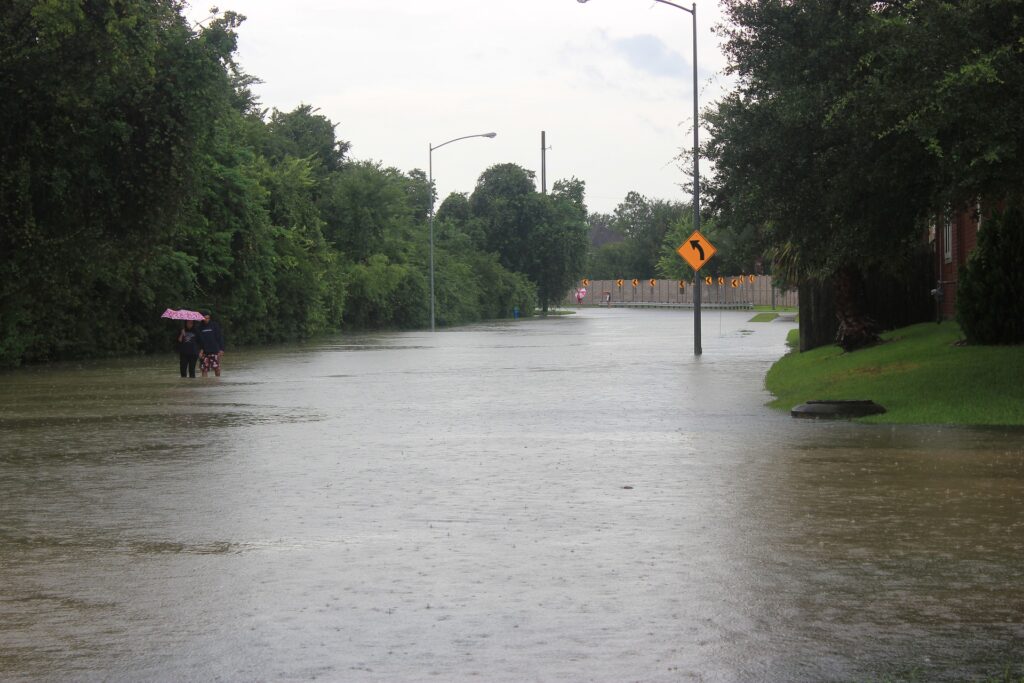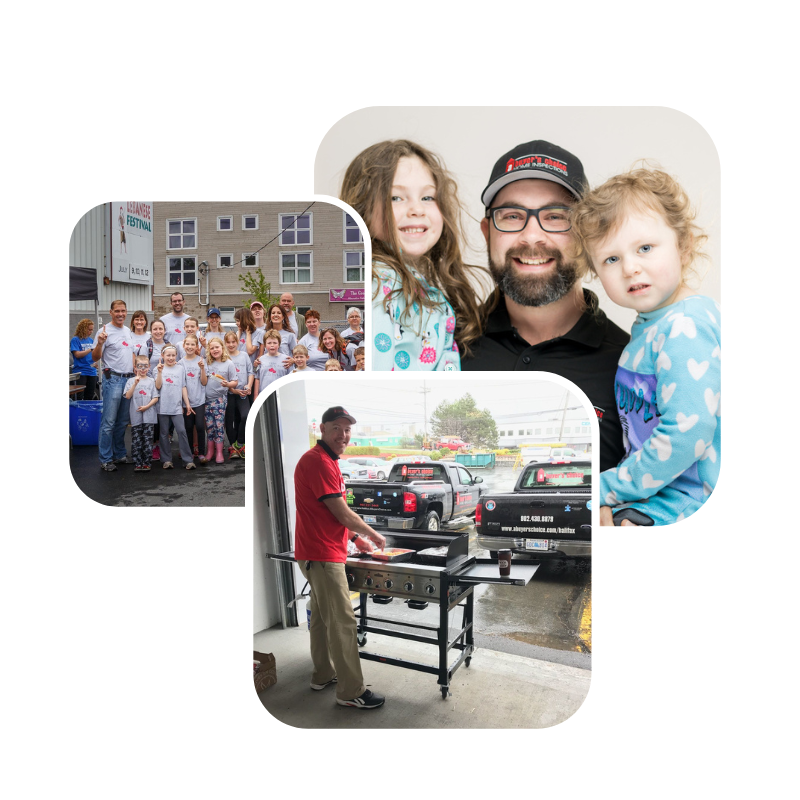
While we can’t immediately change the weather we’re experiencing that’s seeing extreme flooding increasingly impacting regions throughout the country, we can help safeguard our homes – and wallets – against it.
Flooding is the most common and costly natural disaster across Canada, causing approximately $1.5 billion in damage to households, property and infrastructure annually, withresidential property owners bearing approximately 75% of uninsured losses each year, according to Public Safety Canada.
Part of the problem is that many homeowners don’t research environmental risks, such as flooding, which can impact the areas in which they live.
Seasonal home maintenance checks and annual home inspections can help ensure your home remains as safe as possible when hit with extreme weather conditions, and everyday wear and tear.
Following are key areas to address in order to protect your home and family:
Water infiltration.
Ensure that the grading, or ground slope, around your house is done properly. Grading should slope away from the house as much as possible. When in doubt, watch how water accumulates and then drains outside of your home during a heavy rainfall. If you notice that the groundwater pools on one side of your house more than another, this can help you determine where you need to adjust the grading of your property.
Eavestrough.
Your eavestrough system is vital for helping direct water away from your house. Ensuring your downspout is at least two metres (six feet) away from the foundation is most important. Regular eavestrough maintenance is also essential to ensure it remains free from debris that can cause water to back up and result in flooding.
Sump pump.
A working sump pump with battery backup is an important tool to prevent basement flooding. Sump pumps work by redirecting water away from your home during a heavy rainfall or snow melt. Water gathers in a pit and, when it reaches a certain level, the pump activates and redirects the water. Battery backup is crucial in case you lose power during a storm, in which case a pump relying solely on electricity will become useless.
Insulation.
Ensuring your attic is well insulated will help protect your home year-round. Since hot air rises, it will transfer to your attic. Without proper insulation in the colder months, you’ll be running your furnace more as hot air will be escaping through this space. And, in the warmer months, if you run an air conditioner, you’ll be wasting energy to cool down the attic since it’s typically much hotter than the rest of your home.
Windows and doors.
If you feel drafts entering your home, or your home is equipped with older wooden framed windows, chances are you’ll need to upgrade. If the seal around your windows is worn down with age, not only can you experience heat loss, but you may also suffer from water infiltration. This can lead to damage to your home’s foundation, frame and insulation, which will be incredibly expensive to fix. Investing in new doors and windows will definitely pay off.
Roof.
Having a professional inspect your roof every few years is beneficial, as you can have missing shingles and chimney caps replaced as needed, and ensure everything is properly sealed. Winter weather can also impact your roof.
Staying informed of your home’s condition will help ensure you can take steps to keep it in sound condition before a major issue arises, or a potential breakdown occurs due to extreme weather.









